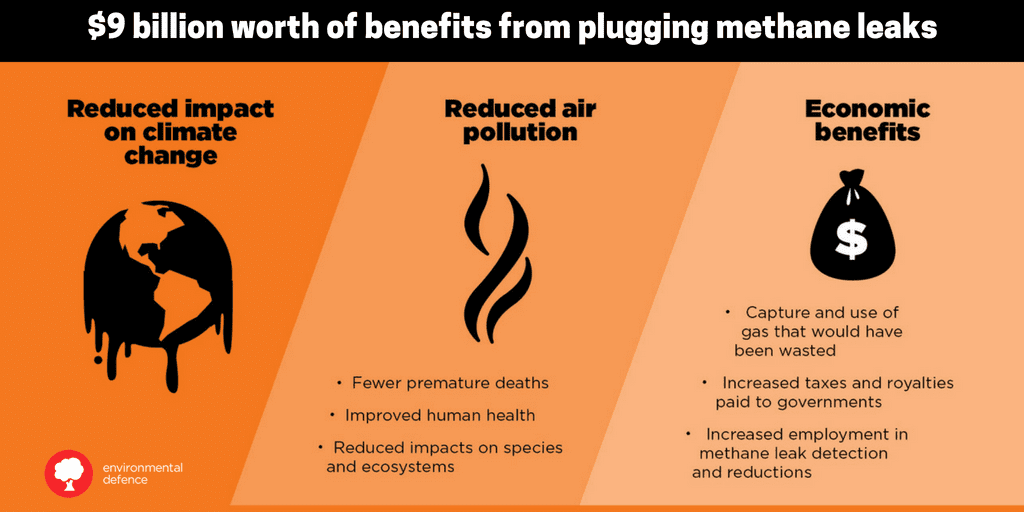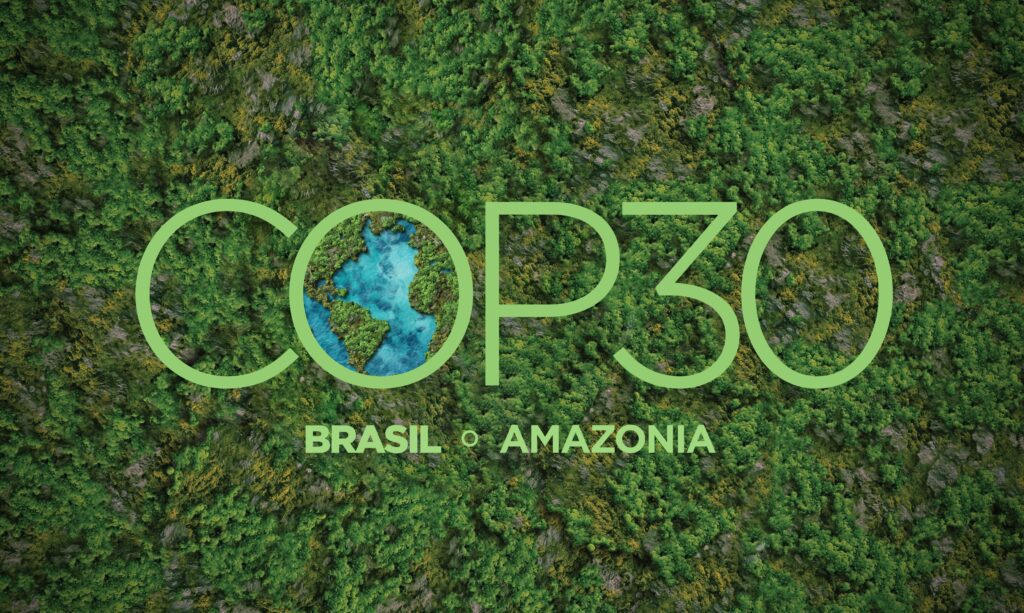Unless the federal government strengthens its methane regulations, Prime Minister Justin Trudeau’s commitment to reduce oil and gas methane emissions may be Canada’s next broken promise on climate action. New analysis from Environment and Climate Change Canada (ECCC) shows that current regulations will reduce emissions by less than 30 per cent in 2025, instead of the 40 to 45 per cent commitment – a gap of at least 10 per cent.
 This emissions gap is significant: at least 5 to 7 million tonnes of CO2e (carbon dioxide equivalent) between Canada’s international commitment and the anticipated level of emissions. This projected shortfall is an underestimation, since ECCC’s measuring system doesn’t take into account how potent methane is in the two decades after it is emitted – more than 80 times more so than carbon dioxide.
This emissions gap is significant: at least 5 to 7 million tonnes of CO2e (carbon dioxide equivalent) between Canada’s international commitment and the anticipated level of emissions. This projected shortfall is an underestimation, since ECCC’s measuring system doesn’t take into account how potent methane is in the two decades after it is emitted – more than 80 times more so than carbon dioxide.
And yet the federal government is proceeding with agreements to allow the three Western provinces to implement their own rules.
Despite this significant gap.
And without a clear, concrete plan to close it.
There are well understood and cost-effective ways to reduce emissions from oil and gas operations. Not closing this methane gap means giving up on the cheapest, most effective GHG reductions.

There are other good reasons to go much further on methane. Methane regulations are the only measure in Canada’s climate plan focused on oil and gas companies, Canada’s largest source of carbon emissions. Reducing methane emissions means healthier communities and workplaces. And these activities create good jobs for a green recovery from the pandemic.
But there is a fix! The Prime Minister should direct Environment and Climate Change Minister Jonathan Wilkinson to:
- Strengthen regulations in the next 12 months so Canada’s 2025 methane commitment is met
- Insist that B.C., Alberta, and Saskatchewan match the stronger federal rules
- Work on getting much deeper methane reductions after 2025. Canada should be working towards virtually eliminating methane emissions from oil and gas over this decade.
It is time for the federal government to get serious about oil and gas methane emissions that are accelerating climate change and damaging human health. Tell the Prime Minister to strengthen methane regulations so that Canada can meet its 2025 emission reduction commitment.









